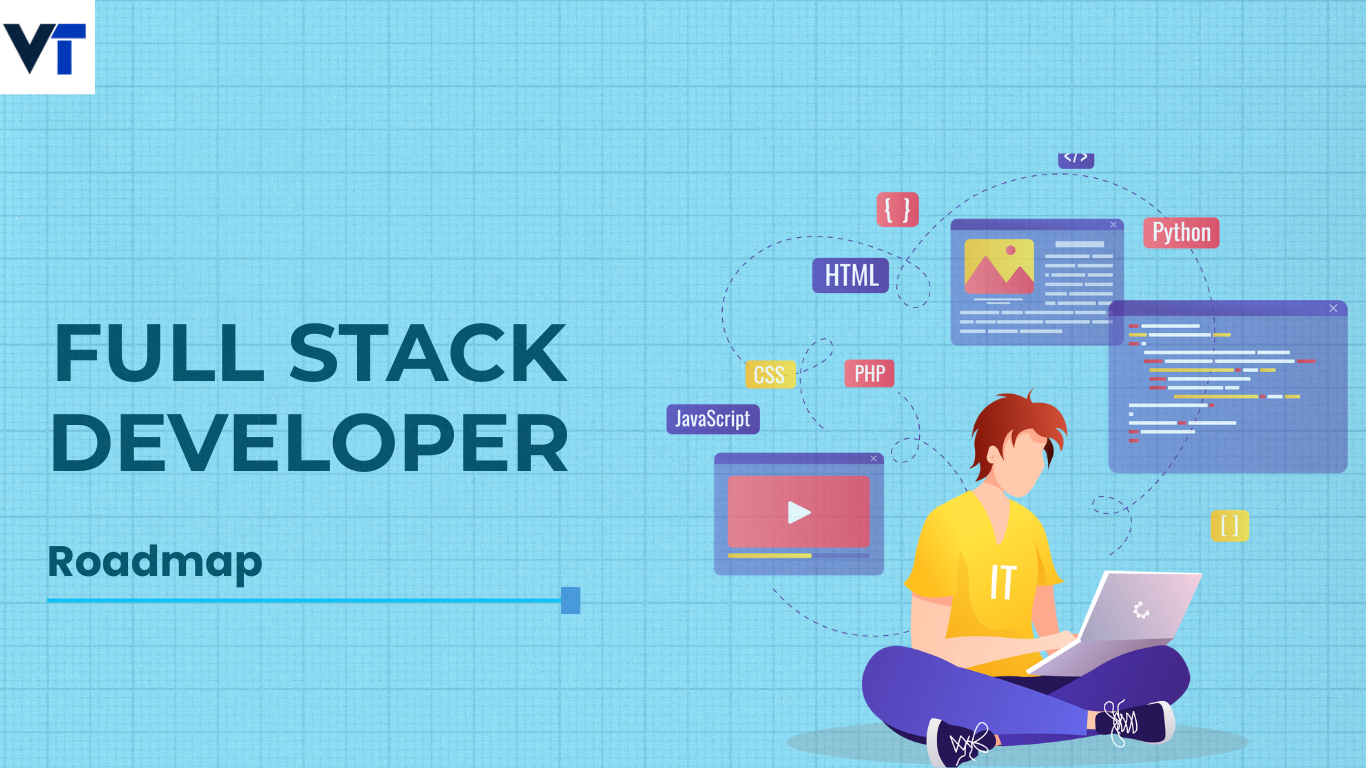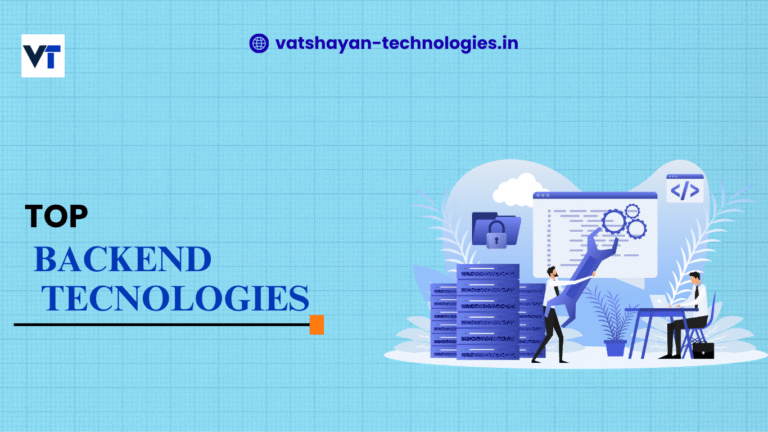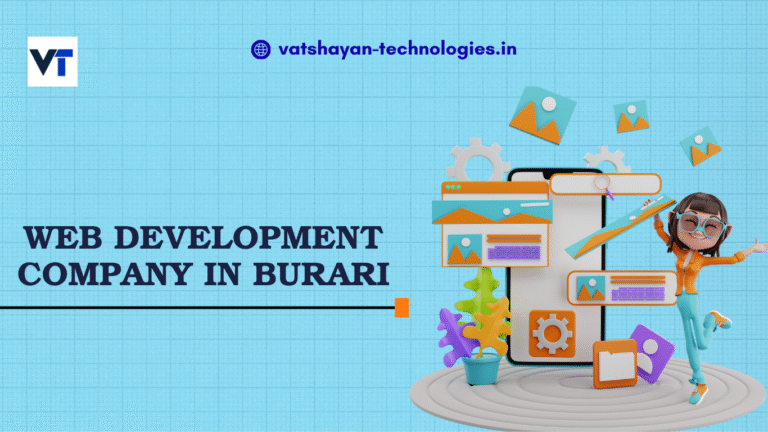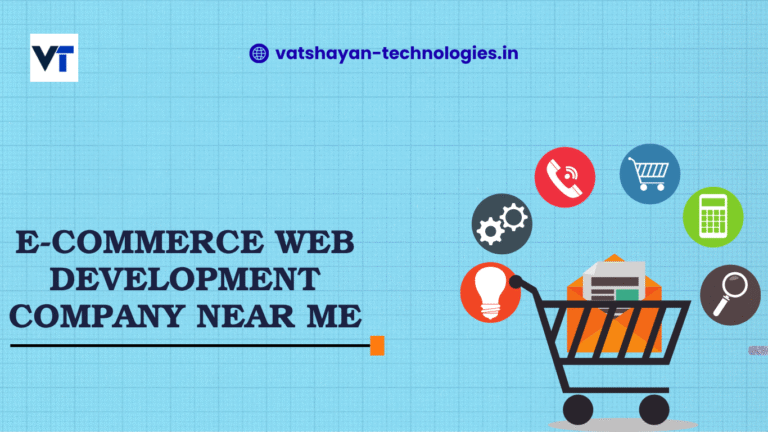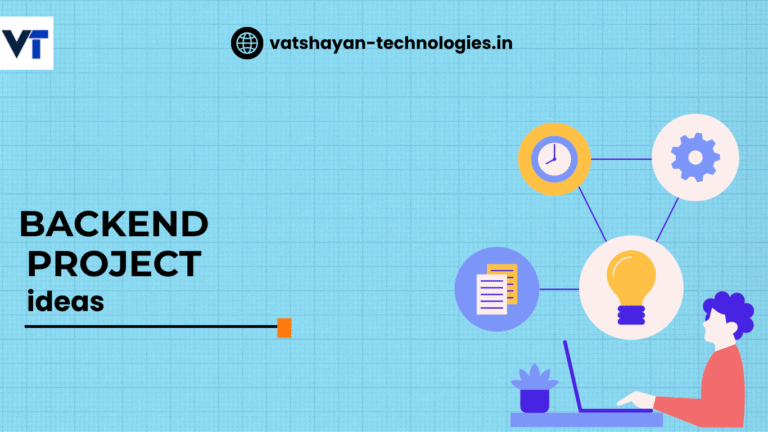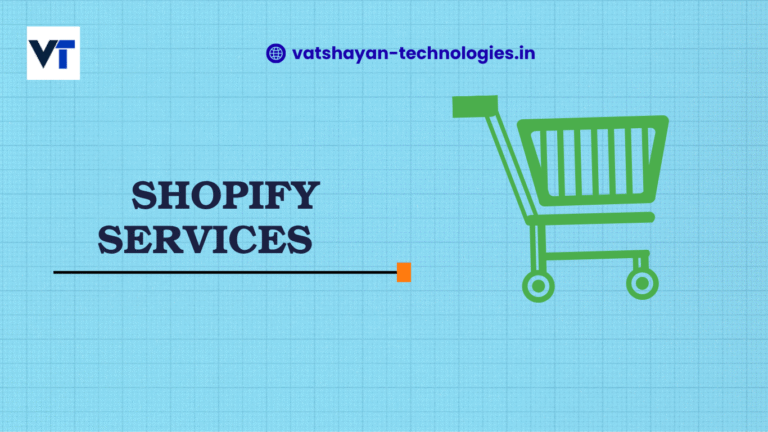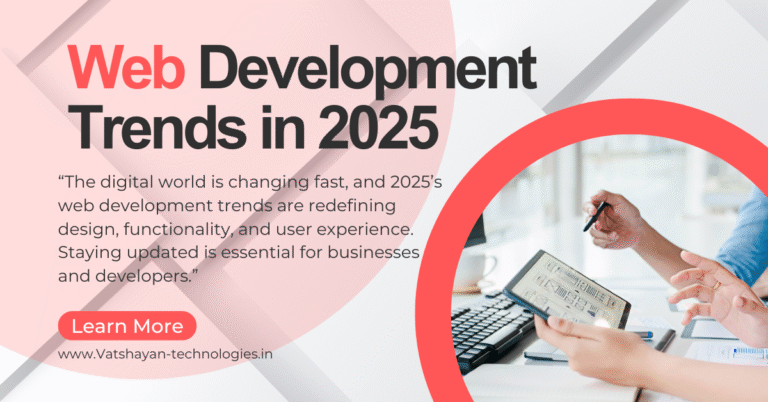Full Stack Developer Roadmap: Master Web Development
Full stack developer roadmap
In the modern tech industry, full stack developers are among the most versatile and sought-after professionals. They can handle both frontend and backend development, enabling them to build complete web applications independently. Whether you’re a beginner or an intermediate coder, following a structured roadmap is key to mastering full stack development .
Being a full stack developer is more than just coding. It’s about problem-solving, logical thinking, creativity, and continuous learning. With the right skills, you can design, develop, and deploy web applications from scratch, making you a highly valuable asset in any tech team.
What is Full Stack Development?
- Full stack development is the act of creating both the frontend (client-side) and backend (server-side) of web applications — a fundamental aspect of any Full Stack Developer Roadmap. On the front-end, a full stack developer creates all that users can see and engage with, such as webpages, forms, buttons, and animations, through technologies like HTML, CSS, and JavaScript, as well as popular frameworks like React or Angular. On the backend side, Full Stack Developer Roadmap embraces server administration, database management, APIs, and application logic with technologies such as Node.js, Python, Ruby, or PHP and frameworks including Express.js, Django, or Rails. With a proficient full stack developer adhering to a well-defined Full Stack Developer Roadmap, both frontend and backend aspects can be easily combined to provide seamless user experiences and efficient application performance.
A skilled full stack developer can seamlessly integrate frontend and backend, ensuring smooth user experiences and efficient performance.
Who is a Full Stack Developer?
A full stack developer is responsible for building complete web applications, from designing the interface to managing databases and server infrastructure.
Key responsibilities:
- Collaborate with designers to craft engaging interfaces
- Develop and maintain databases and server-side logic
- Write clean, secure, and scalable code
- Build responsive, mobile-friendly applications
- Optimize performance and implement best security practices
- Communicate with clients to understand requirements and gather feedback
Full stack developers act as a bridge between design, development, and deployment, making them highly valuable in small startups and large corporations alike.
Full Stack Developer Roadmap: Step by Step
1. Frontend Fundamentals: HTML, CSS, JavaScript
Start with the basics: structure your web pages with HTML, style them with CSS, and make them interactive using JavaScript.
2. Version Control: Git & GitHub
Learn Git to track code changes and GitHub to collaborate on projects. Version control is essential for professional development workflows.
3. Frontend Frameworks
Practice with frameworks like React, Angular, or Vue.js. Build small projects to understand component-based architecture, state management, and responsive design.
4. Backend Programming
Pick a language such as Node.js, Python, or Ruby. Learn server-side logic, handling HTTP requests, and working with databases.
5. Databases
Understand both SQL (MySQL, PostgreSQL) and NoSQL (MongoDB) databases. Practice CRUD operations and database relationships.
6. RESTful APIs
Learn to build and consume RESTful APIs, manage HTTP methods, authentication, and integrate APIs into your applications.
7. Backend Frameworks
Work with frameworks like Express.js, Django, or Ruby on Rails to handle routing, middleware, and server-side architecture efficiently.
8. Web Security
Understand web vulnerabilities (XSS, CSRF, SQL injection) and implement best practices to secure your applications.
9. DevOps Basics
Learn deployment strategies using Docker, Kubernetes, and CI/CD pipelines to automate builds and deployments.
10. Advanced Tools & Libraries
Explore TypeScript, Redux, Sass, or serverless technologies to enhance your development efficiency and application performance.
11. Build Real-World Projects
Develop full stack applications that demonstrate your skills. Examples: e-commerce sites, social media apps, or blog platforms. Create a portfolio to showcase your work.
12. Continuous Learning
Stay updated with emerging frameworks, libraries, and industry best practices. Engage in webinars, coding communities, and online tutorials.
13. Soft Skills & Collaboration
Work on team communication, problem-solving, and code review practices. Participate in hackathons or open-source projects to gain practical experience.
Importance of a Full Stack Roadmap
Following a roadmap provides:
- Clear direction and structured learning
- Efficient resource management
- Motivation and accountability through milestones
- Prioritized learning aligned with career goals
A roadmap ensures you focus on relevant skills, avoid distractions, and accelerate your career growth in full stack development.
Key Takeaways
- Write clean, efficient, and secure code
- Practice consistently and seek feedback
- Document projects and learnings
- Engage with developer communities for networking
- Stay updated with trends and tools
- Develop both technical and soft skills
By following this roadmap and dedicating time to hands-on projects, you can confidently become a full stack developer , ready to tackle real-world challenges and build impactful applications.

